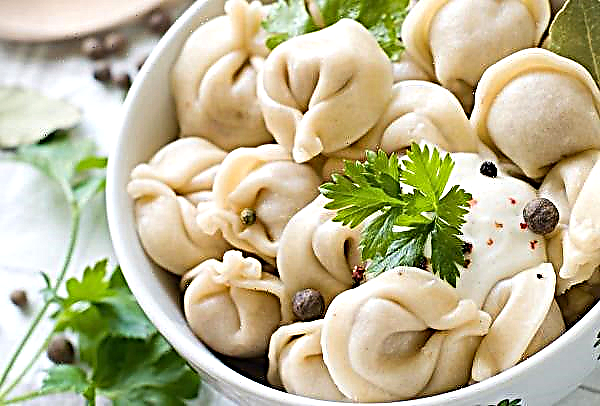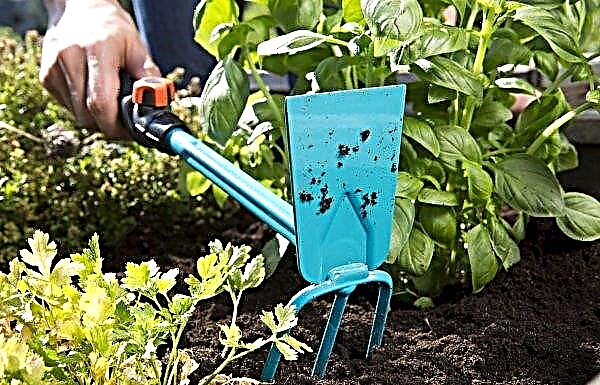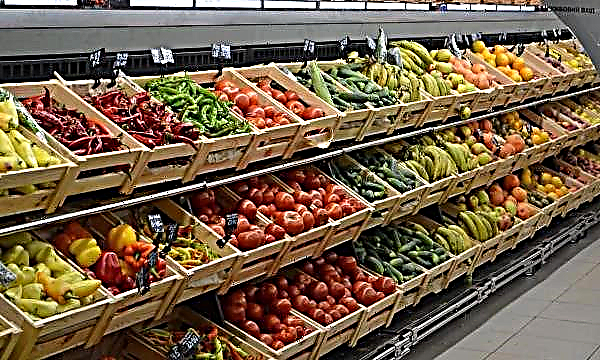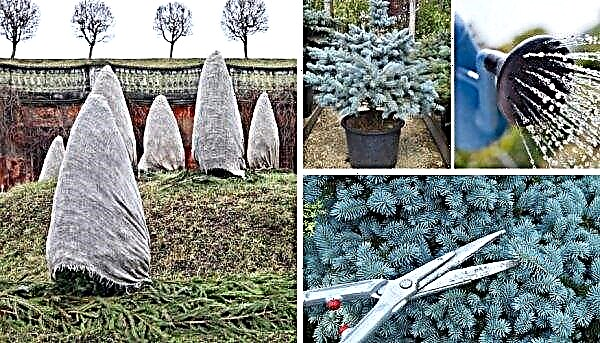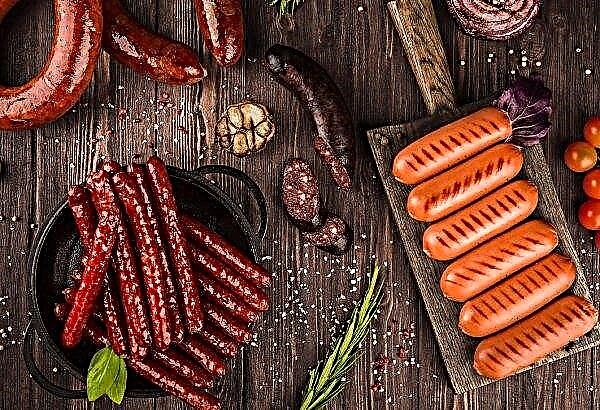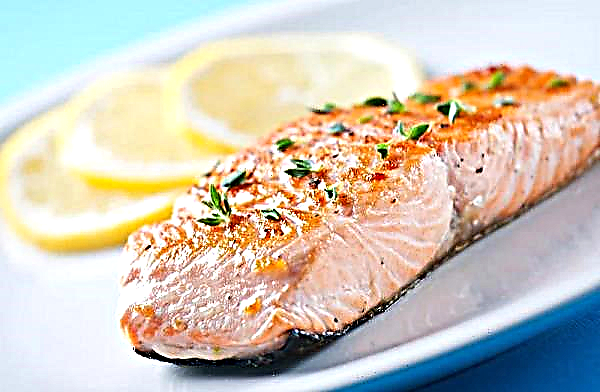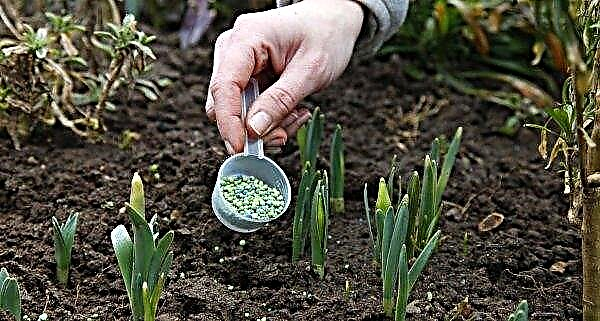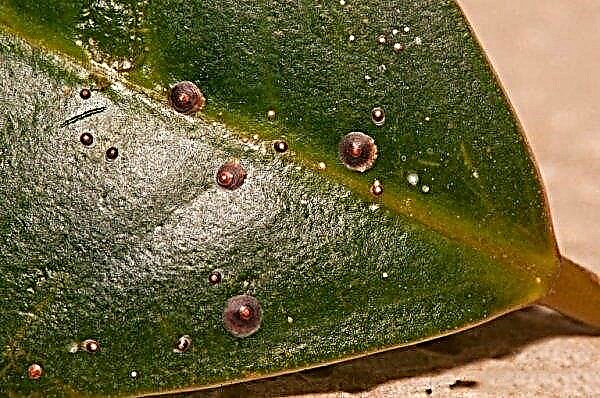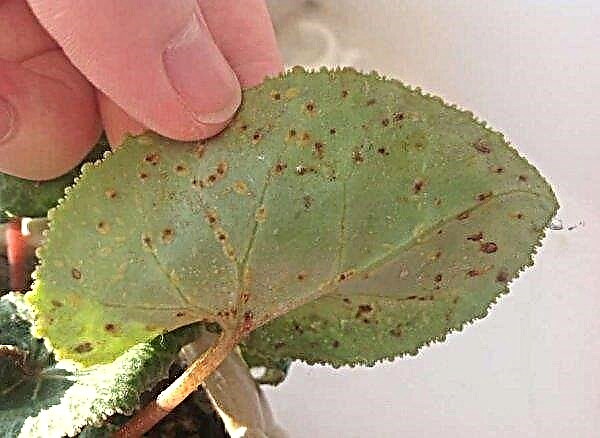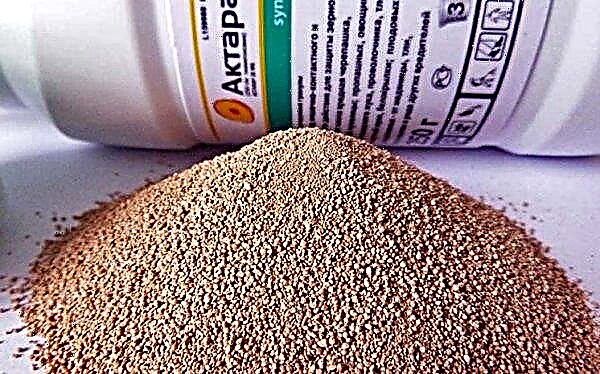Sweet watermelon berries have long and firmly won their place on our tables. Thanks to the juicy pulp of fruits, watermelon not only easily saves from thirst, but also benefits the body, being the owner of a whole complex of useful vitamins and minerals. However, the fruiting period of this berry is too short, and therefore experienced housewives have long been using watermelons in harvesting for the winter. There are many different recipes with which you can cook watermelon in a wide variety of variations that can satisfy the taste of the most demanding gourmets.
Selection and preparation of ingredients
Getting to the choice of ingredients, you should remember the basic rules that can help in choosing the best watermelon.
This approach will provide high taste and indescribable watermelon-pumpkin fresh aroma of future winter preparations:
- For pickling, choose a slightly unripe berry, with a small weight - up to 2 kg and a thin peel.
- It is not difficult to determine a suitable watermelon: the skin of the fetus should be free from damage, dents, dark spots or other deformations, as well as cracks that indicate a ripened stage.
- The best varieties for salting are berries of late varieties with pink flesh (without sugar, crumbly middle). In this case, it is better not to choose Astrakhan varieties, which, however, are perfect for jam.
Did you know? In the 80s, a square watermelon was bred by a Japanese farmer in Zancuji — for easy storage.
Process technology also has some features:
- watermelon should be thoroughly washed before cooking (even with apparent purity);
- when piercing the crust (if indicated in the recipe), the puncture sites should be located symmetrically to each other;
- if salt is indicated in the recipe, iodized should not be used;
- in the process of salting, the berries should be completely immersed in the marinade.

Step-by-step recipes for preparing watermelon for the winter
Due to the wide variety of cooking methods, watermelon has long been used not only in pickling - these fruits, according to reviews, quite successfully produce aromatic candied fruit, marmalade, fig and even honey with a fresh pumpkin flavor, and unripe and unsweetened berries can also be used. A large number of recipes allows you to choose ingredients that fully comply with the principles of nutrition of each, and non-waste cooking (including the use of crusts) attracts economical and prudent housewives.
Did you know? The largest watermelon was grown in America in 2013, its weight was 159 kg.
Moreover, children will appreciate such sweets - after all, homemade natural marmalades are much more useful than purchased ones. Let us consider in more detail the description of the most delicious and simple preparations for the winter.
Pickles in jars

101 hours 20 minutes
Energy value per 100 g:
- The cooking process begins by cutting the watermelon into circles about 15 cm thick, which are then divided into slices so that the pieces fit easily into a three-liter jar.
- The jars are filled with cooked pieces and carefully poured with boiling water, and then twisted with sterilized lids. After this, the banks are wrapped with a towel and left to stand for 10 minutes.
- Next, the water from the cans is drained, and the procedure is repeated again (pour the jar with boiling water, twist, let stand, wrapping it with a towel, no more than 10 minutes).
- Prepare a brine: pour salt into boiling water and stir, without reducing the heat, for about 10 minutes. Then the water is passed through triple gauze and again boiled for 10 minutes. During the process of preparing the brine, you can add sugar at the rate of 20 g per 1 liter (provided that the flesh of the watermelon is red).
- The brine is poured into a jar of watermelon and rolled up. Banks themselves are put in a dark place.

Important! The optimal ratio of the amount of brine and watermelon pieces is 1/3 of the volume of a three-liter jar.
Pickling

201 hours
lemon acid
1 teaspoon
Energy value per 100 g:
- Banks and lids are pre-sterilized by boiling for 10 minutes.
- Seasonings (peppercorns, bay leaves, garlic) are placed on the bottom of the can, slices of watermelon (acceptable with or without a crust) and pieces of pepper (Morozko type peppers are well suited) are placed on top.
- The water is boiled and poured into cans, after which they are loosely covered with lids and left to cool for 30–40 minutes.
- After the required amount of time, the water from the cans is poured into a pan, brought to a boil. The right amount of salt, sugar is dissolved in it and left on fire for several minutes.
- The brine is again poured into jars, where citric acid is also poured.
- Ready cans are twisted and turned upside down, wrapped tightly in warm towels or blankets.
- After complete cooling, the cans are transferred to a dark, cool place.

Jam

310 min
lemon acid
0.5 tsp
Energy value per 100 g:
- The pulp is removed from the watermelon, peeled and diced.
- Fall asleep with sugar and leave for 2-3 hours.
- The resulting mass is put on fire, brought to a boil and boiled for 30 minutes.
- Next, the watermelon is removed from the heat and left to cool for 4 hours. After this, the procedure is repeated again (brought to a boil - boil for 30 minutes).
- The resulting mass is passed through a sieve or ground in a blender.
- Vanillin and citric acid are added to the jam, after which the boiling procedure is repeated (it takes 30 minutes to boil).
- According to the rules of storage, such jam can be stored both in the refrigerator and in rolled up jars.

Watermelon honey

403 hours 30 minutes
ripe watermelon pulp
12 kg
Energy value per 100 g:
- Watermelons are thoroughly washed and cut into several parts above a deep container to preserve all the juice.
- The pulp is removed from the watermelon, cleaned from seeds and thoroughly knead with a crush or spoon.
- The crushed pulp is additionally passed through a sieve, and then squeezed juice - for this, use a small bag of gauze in two layers. A few tablespoons of pulp are placed in cheesecloth and squeezed tightly. The juice flows out and the dehydrated pulp is thrown away.
- The juice container is placed on a fire, brought to a boil and boiled for several minutes. In parallel, it is necessary to remove the foam that appears on the surface.
- The juice should be allowed to cool and then run through cheesecloth.
- The dish with the juice is put on fire again and boiled until the honey thickens completely and turns brown (the consistency should resemble bee honey). In this case, the juice should be constantly stirred to prevent it from burning.
- Ready honey is poured into pre-pasteurized jars and put in the chill.

Important! The thickening time of the juice will depend on the degree of ripeness of the watermelon: the ripe the berry, the faster the juice reaches the required density.
Storage methods
Fresh watermelons are stored for a long enough time, but they practically fail to lie down before the winter. In this case, various blanks from striped berries are used. And if everything is clear with the storage of rolled cans - they can stand for at least 1 year, then the question arises with the pickled product.Watermelon salts can be stored without loss of taste for a rather long period - up to 1.5 years, subject to low temperatures (in the refrigerator or cellar).
In the cellar, such a product can be stored exclusively in wooden barrels. Sour berries easily reach spring both in wooden containers and in glass jars. Today, many housewives are everywhere engaged in harvesting from watermelons, and this is not surprising. A variety of tastes - from the vigorous, spicy and salty taste of pickled berries to the sweet and rich taste of jam or dessert - appeal to many. And the simplicity of most recipes is suitable even for those who are just trying to preserve vegetables and fruits.
Today, many housewives are everywhere engaged in harvesting from watermelons, and this is not surprising. A variety of tastes - from the vigorous, spicy and salty taste of pickled berries to the sweet and rich taste of jam or dessert - appeal to many. And the simplicity of most recipes is suitable even for those who are just trying to preserve vegetables and fruits.

